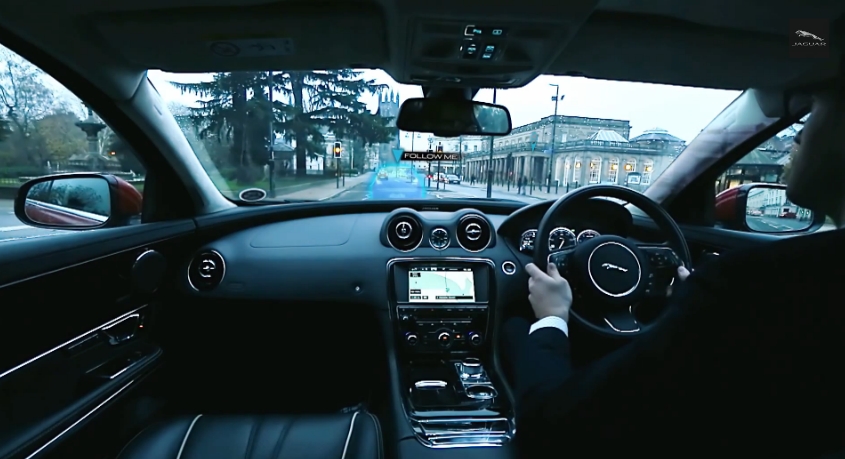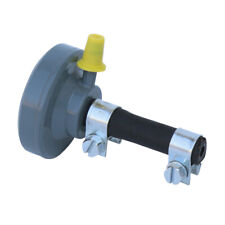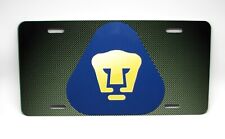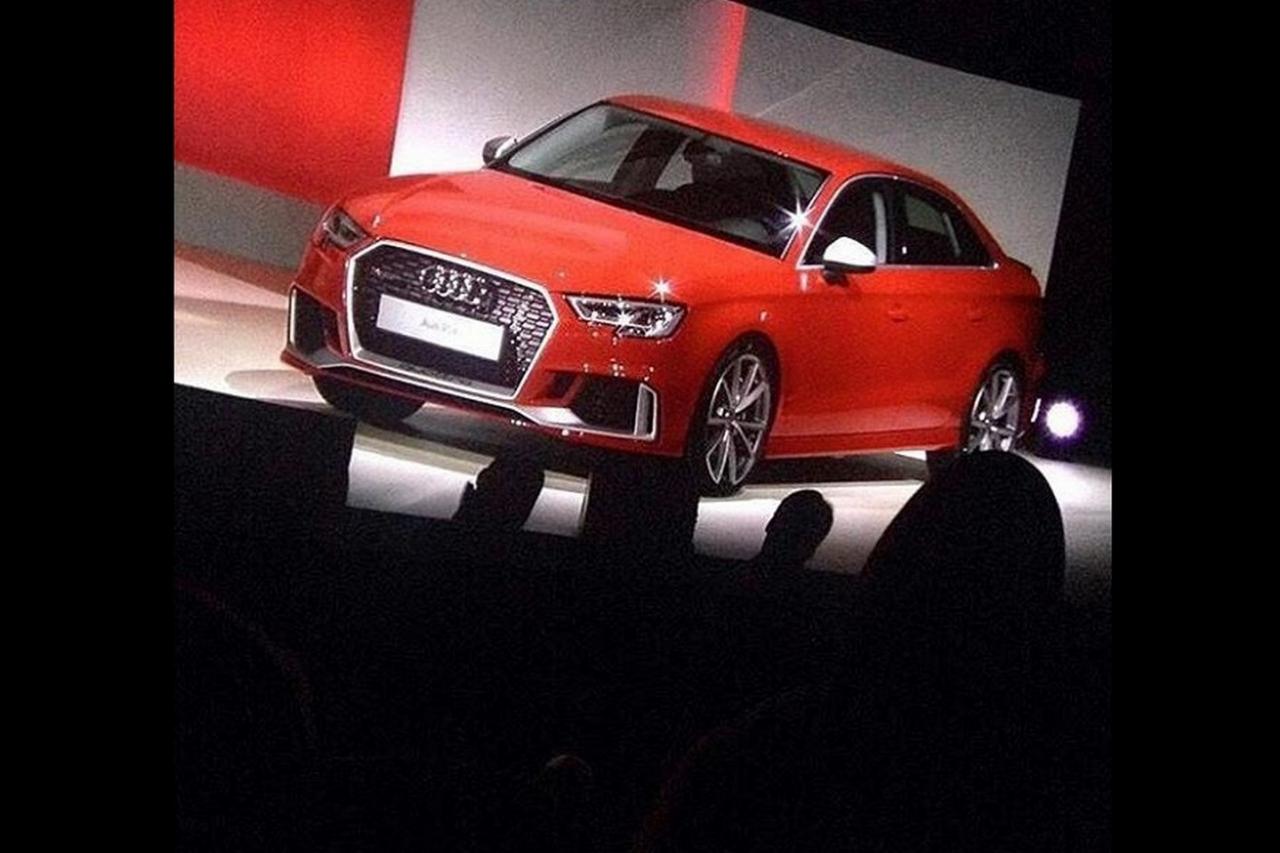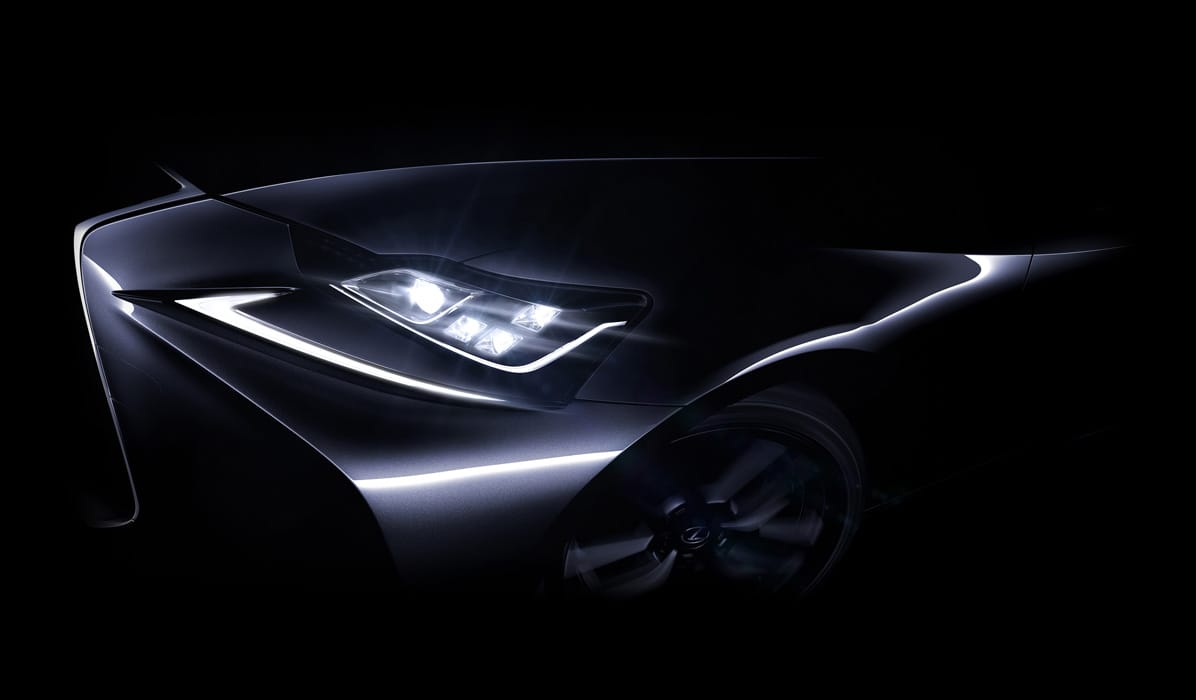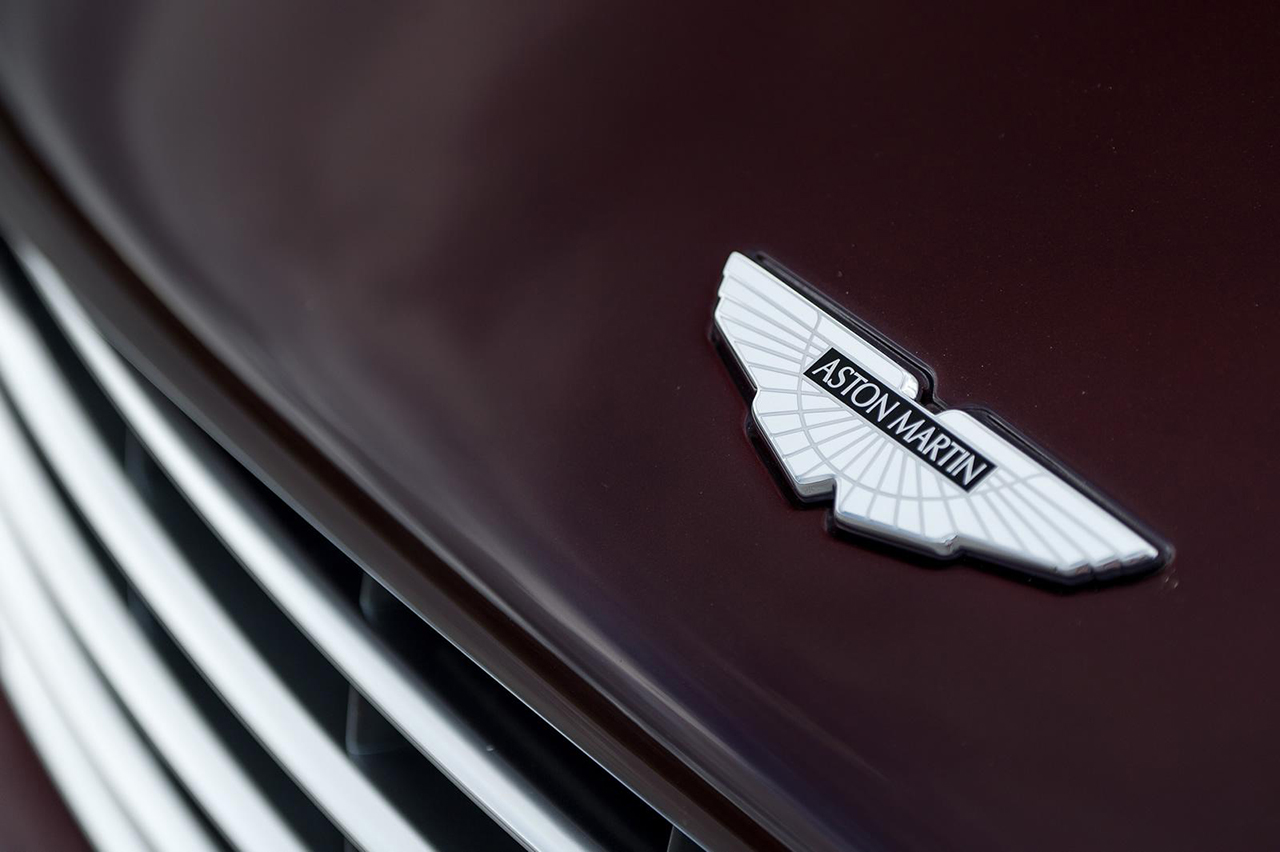Jaguar-Land Rover’s autonomous vehicles will “drive like humans would”
One of the many concerns and worries about autonomous cars and their presence in the near-future is how will they drive. Will they all drive systematically based on mathematical calculations based on situational awareness? And what does that mean for determining how smooth they will drive?
I don’t know about you, but this is a pretty important consideration, especially when it’s hard for a good amount of people to feel comfortable with someone else at the wheel.
Thankfully, Jaguar-Land Rover seems to have the solution, a pledge and promise to have their autonomous cars “drive like humans would.” So, that means JLR’s autonomous cars in the future are going to brake-check, forget to signal, merge without looking, and do five-under in the fast lane while exhibiting severe road rage and driving like a latte is in one hand with a smartphone in the other, right?
Not quite exactly…
Jaguar as we know today have begun to further predicate themselves on driving enjoyment and precision as much as luxury, similarly to BMW or Porsche. And that’s an excellent thing, so naturally, we can expect their autonomous cars to have similar driving characteristics in mind, according to their research.
Ok, while their autonomous cars won’t exactly drive like they have Sebastian Vettel at the wheel, Jaguar-Land Rover says they’re working on a system that replicates and adapts to situations similarly to the natural driving behaviors of humans and the decisions made and the processes conducted.
JLR says its a way to gain the customer’s trust in autonomous vehicles and to relieve the worry that any of the autonomous cars might feel robotic.
Nonetheless, it’ll still be interesting to see how autonomous cars pan out in the near future and see how the technology involves.
—————————————
Jaguar Land Rover Research Will Help Autonomous Vehicles Drive Like Humans, Not Robots
- Ground-breaking research will help programme future autonomous cars to have driver-like reactions
- Drivers more likely to trust autonomous cars if they don’t drive like robots
- The project will help develop future insurance policies for automated vehicles
Whitley, UK: Jaguar Land Rover is investing in a £ multi-million research project that will help future autonomous vehicles drive naturally like human drivers, rather than like robots.
A fleet of Jaguar and Land Rover vehicles will be driven daily by employees of the London Borough of Greenwich, to establish how a range of different drivers react to real-world driving situations, including heavy traffic, busy junctions, road works and bad weather.
Data from sensors in these cars will reveal the natural driving behaviours and decision-making that drivers make whilst driving, including complex and stressful scenarios. These include giving way at roundabouts and intersections, how drivers ease forward at junctions to enter a flow of traffic, or how they react to an emergency vehicle coming up behind their car whilst in a traffic jam.
The three year £5.5m ‘MOVE-UK’ project, which is led by Bosch, will also use this data to help develop insurance policies for future autonomous cars. Insurance experts will provide their expertise on the liability of certain scenarios using the real-world driving data supplied by the fleet of test cars.
Rt Hon Sajid Javid MP, Secretary of State for Business, Innovation and Skills today announced the UK Government’s support for the MOVE-UK research with a £2.75 million grant from the UK’s innovation agency, Innovate UK. This funding for collaborative research is part of the Government’s £100m Connected and Autonomous Vehicles fund.
Dr Wolfgang Epple, Director of Research and Technology, Jaguar Land Rover, said: “To successfully introduce autonomous cars, we actually need to focus more on the driver than ever before. Understanding how drivers react to a range of very dynamic and random situations in the real world is essential if we want drivers to embrace autonomous cars in the future.”
Drivers will need to completely trust the vehicle before they opt-in and engage automated systems. If an autonomous car can be programmed to have a very similar reaction to a real driver, then the autonomous experience will be more natural, and the driver more likely to allow the car to take control.
“Customers are much more likely to accept highly-automated and fully autonomous vehicles if the car reacts in the same way as the driver. By understanding and measuring positive driving behaviours we can ensure that an autonomous Jaguar or Land Rover of the future will not simply perform a robotic function,” added Dr Epple.
“Ultimately we want to be able to give drivers the choice of an engaged or autonomous drive. If drivers have confidence in the automation they will seamlessly flick from one mode to the other. Autonomous mode will help with any challenging, or less stimulating activities on the journey, like parking or driving in heavy traffic. If this automated experience feels natural and safe, the driver will be able to genuinely relax and will be happy to let the car take control.”
The MOVE-UK consortium is led by Bosch and includes Jaguar Land Rover, Transport Research Laboratory (TRL), Direct Line, the London Borough of Greenwich and The Floow.
– By: Chris Chin
Source: Jaguar-Land Rover

